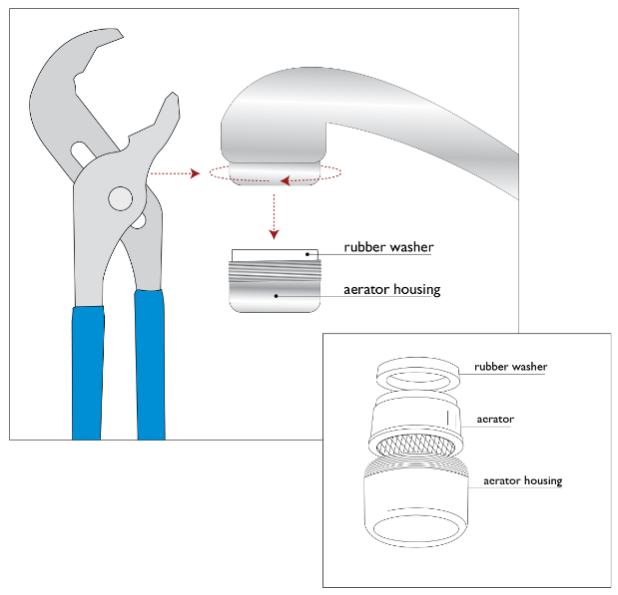You cannot see, smell or taste lead, and boiling water will not remove lead. Although our water is treated to minimize the risk of lead, you can reduce your household’s exposure to lead in drinking water by following these simple steps:
- Flush your tap before drinking or cooking with water if the water in the faucet has gone unused for more than six hours. The longer the water lies dormant in your home’s plumbing, the more lead it might contain. Flush your tap with cold water for 30 seconds to two minutes before using. To conserve water, catch the running water and use it to water your plants.
- Try not to cook with or drink water from the hot water faucet. Hot water has the potential to contain more lead than cold water. When you need hot water, heat cold water on the stove or in the microwave.
- Remove loose lead solder and debris from plumbing. In newly-constructed homes or homes in which the plumbing was recently replaced, remove the strainers from each faucet and run the water for 3 to 5 minutes. When replacing or working on pipes, be sure to use materials that are lead-free. Use of lead-based solders has been banned.
- When replacing or installing fixtures, look for the “lead free” label. Under the 2011 Reduction of Lead in Drinking Water Act, fixtures must have 0.25% lead or less to be considered “lead free.”
- Routinely clean faucet screens. Sediment and metals can collect in the faucet screen located at the tip of your faucets. Replace screens that are in poor condition. New screens are available at local hardware stores.
To clear the faucet screen of debris:
1. Unscrew the screen.
2. Separate the individual parts.
3. Remove any sediment (mineral or rust build up) on the screen and other parts. If necessary, soak the parts in white vinegar for a few minutes and scrub with a brush.
4. Reassemble the screen parts and reattach to faucet.



